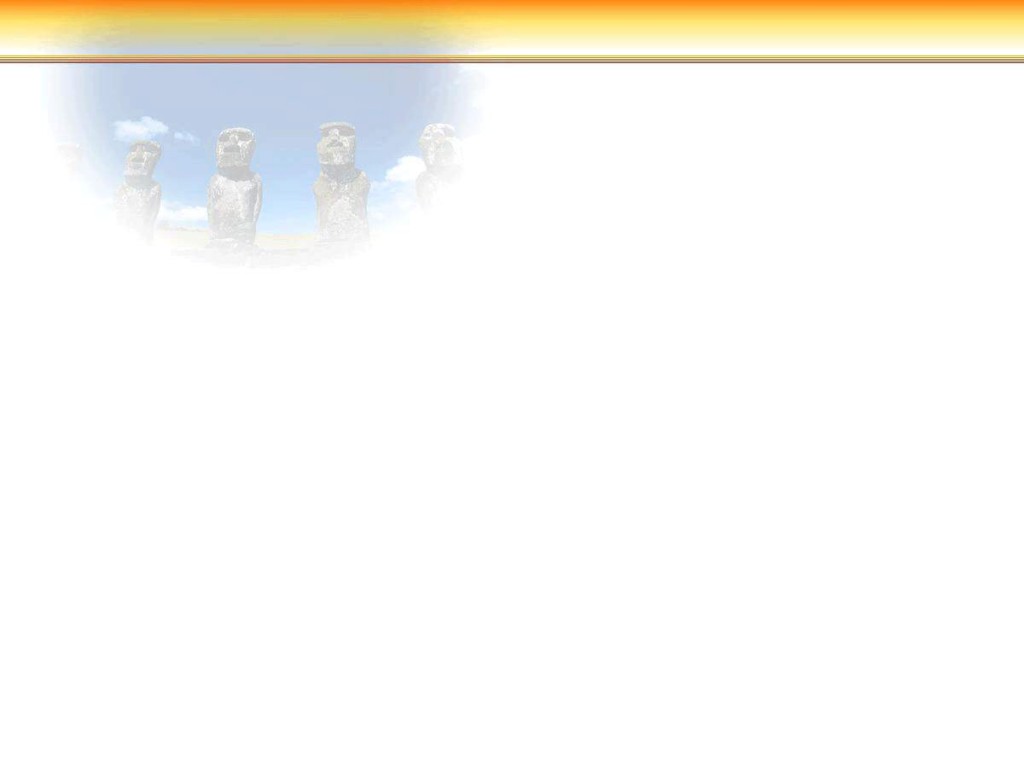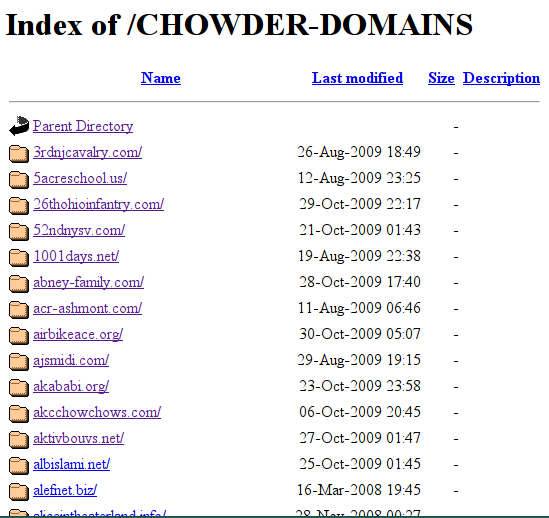In 2004, British designer Bruce Lawson made a contribution to css zen garden (a collaborative effort to prove that CSS is a standart of web beauty). His theme was called GeoCities 1996.
In 2010 US designer Mike Lacher created a tool that would “make any webpage look like it was made by a 13 year-old in 1996!” and called it Geocities-izer.
Two wonderful, very skillful projects, dealing perfectly with web aesthetics of the mid 1990’s. Both include Geocities in their names, which makes a lot of sense, because Geocities was the place filled with web amateurs.
But aesthetically Geocities are not identical to the Amateur Web. Geocities sites were easy to distinguish from the rest of the web pages with animated GIFs and star backgrounds, because they included:
- commercial banners,
- the “g” logo following the scrollbar,
- prefabricated HTML templates
At this moment it is not clear when these banners and branding elements vanished from Geocities, or if the bulk of tricky javascripts just wasn’t saved by the Archive Team.
The real Geocities style is less modular and more corporative than the fully independent Amateur Web. In the second part of the 1990’s it was obvious. 15 years later one has to make an effort to recall some details and to see differences.



